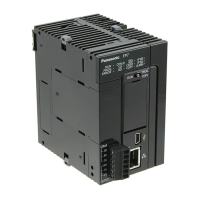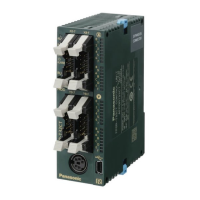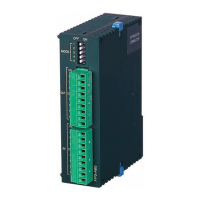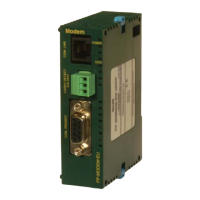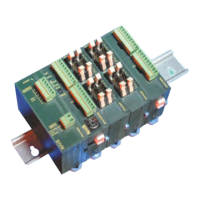■
Types of PID operation
Items Description
Reverse operation/
forward operation
Select the upward/downward direction of output in the case of change to the process.
Specify "reverse operation" if output is increased when the process value decreases
(e.g. heating).
Specify "forward operation" if output is increased when the process value increases
(e.g. cooling).
Derivative-first PID
/Proportional-plus-
derivative-first PID
Derivative-first PID: Usually, when the set point value is changed, the output variation
becomes larger but it converges faster.
Proportional-plus-derivative-first PID: Usually, when the set point value is changed, the
output variation becomes smaller but it converges slower.
Auto-tuning
By measuring process response, the respective optimal values for Kp, Ti and Td as PID
parameters are measured. When auto-tuning is executed, the estimated results are
reflected in the parameter area after auto-tuning is complete.
(Note 1) By default, controls are carried out in reverse operation, derivative-first. To change operation methods,
change values in the [S4+5] area before the second execution of EZPID instruction.
(Note 2) To execute auto-tuning, configure the setting in the area of control data [S1].
■
Setting of parameters [S1] to [S3]
Operand Parameter
name
Setting
range
Setting method
[S1] Control data
Bit 0
Bit 1 = 0
(ON):
Auto-tuning request is issued. After auto-tuning is
completed, this is reset when the EZPID instruction is
executed. Reset this bit when auto-tuning is canceled.
Bit 0 = 0
(OFF):
PID operation is performed.
Bit 1
When auto-tuning is completed correctly, bit 1 is set to 1 (ON).
Bit 1 is reset to 0 (OFF) at the start of instruction execution.
Bit 2
Specify whether the [S4] manipulated value (MV) should be cleared
when OFF is larger than ON in the execution condition for the
instruction.
Bit 2 = 0
(OFF):
Clear the manipulated value (MV) at the time of
execution of the previous instruction.
Bit 2 = 1
(ON):
Retain the manipulated value (MV) at the time of
execution of the previous instruction.
Bit 3
Select a method for outputting the result of PID operation.
Bit 3 = 0
(OFF):
PWM output
Bit 3 = 1
(ON):
Analog output
Bit 4
Specify the range (maximum value and minimum value) for internal
calculation of the manipulated value (MV).
Bit 4 = 0
(OFF):
Use +20% and -20% of difference between the output
upper limit and the output lower limit
Bit 4 = 1
(ON):
Use the output upper limit and the output lower limit
Bit F to Bit 5 Bits 5 to F are reserved bits. Use them as 0.
10.12 EZPID (PID Operation: PWM Output Available)
10-46 WUME-FP7CPUPGR-12

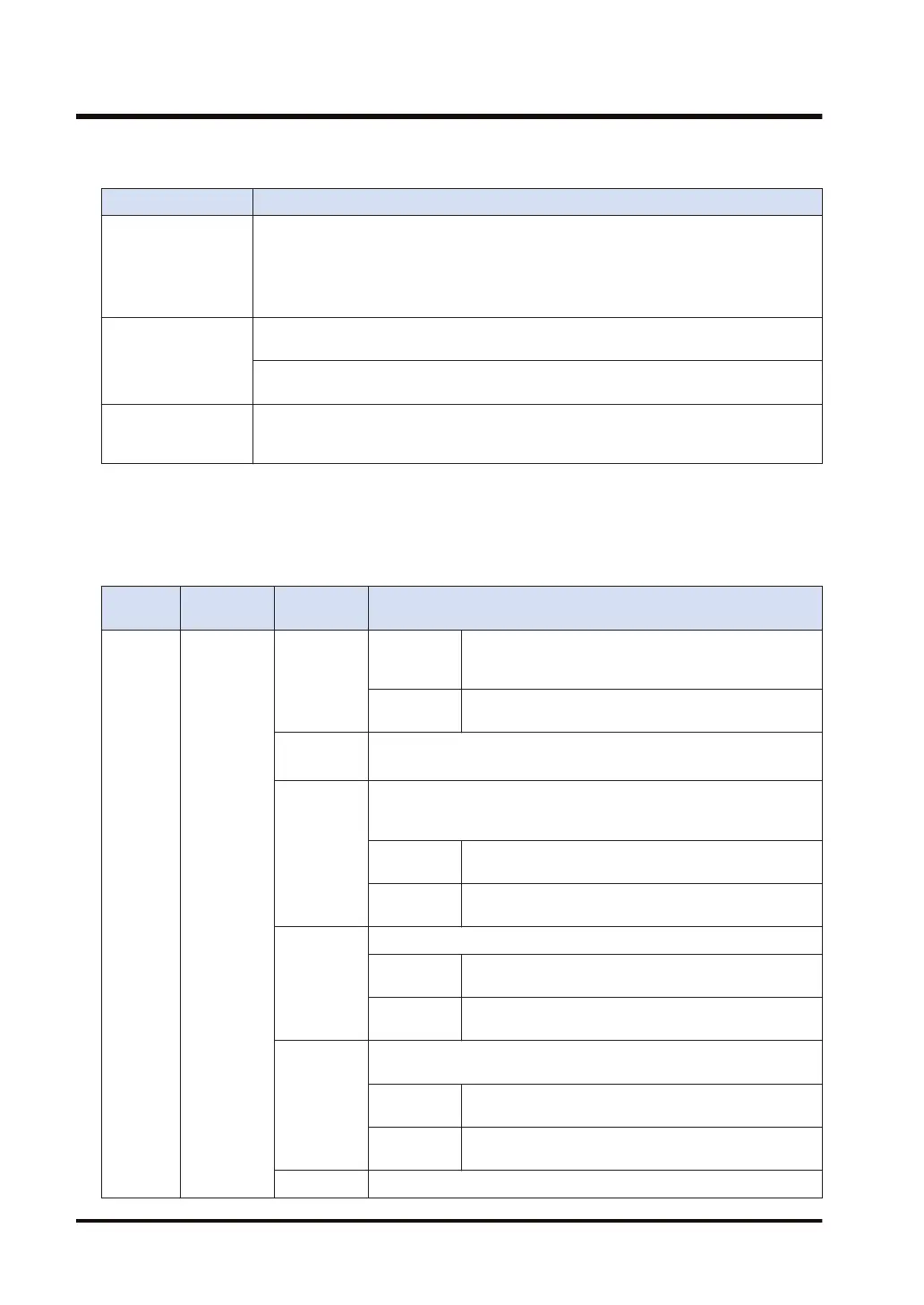